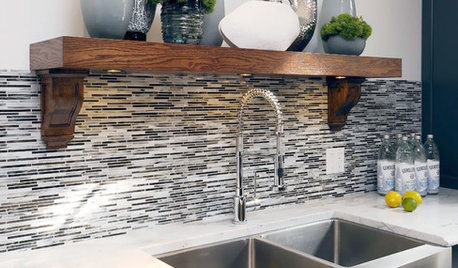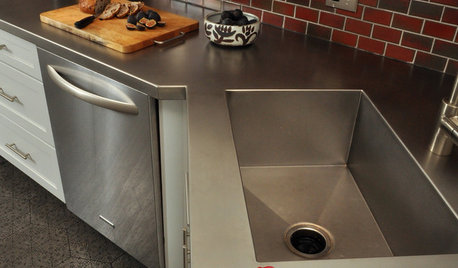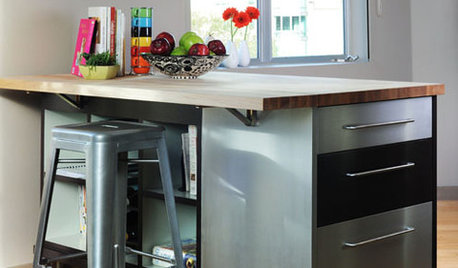Torch cutting stainless steel
diyer_mi
19 years ago
Featured Answer
Comments (21)
formulaross
19 years agokbeitz
19 years agoRelated Professionals
Bend Furniture & Accessories · Denver Furniture & Accessories · Memphis Furniture & Accessories · Stuart Furniture & Accessories · Urbandale Furniture & Accessories · Westport Furniture & Accessories · Ridgewood Furniture & Accessories · La Marque General Contractors · Meadville General Contractors · Murrysville General Contractors · Valley Station General Contractors · Villa Park General Contractors · Westerly General Contractors · Hamden Siding & Exteriors · Kirkland Siding & Exteriorsgooseberry_guy
19 years agobrickeyee
19 years agoblacksmithman
19 years agogooseberry_guy
19 years agobrickeyee
19 years agobrickeyee
19 years agodiyer_mi
19 years agogooseberry_guy
19 years agohorseman1
19 years agoCrashbob
19 years agoJoeJ
19 years agoSkaggydog
19 years agobrickeyee
19 years agoDNT1
19 years agoDirtyEd
19 years agospambdamn_rich
19 years agoSureendiran Ilango
8 years agosswinehart
7 years ago
Related Stories

KITCHEN DESIGNKitchen Sinks: Stainless Steel Shines for Affordability and Strength
Look to a stainless steel sink for durability and sleek aesthetics at a budget-minded price
Full Story
KITCHEN DESIGNKitchen Counters: Stainless Steel, the Chefs' Choice
Professional-grade strength and shining beauty unite in classic stainless steel countertops for the kitchen
Full Story
KITCHEN COUNTERTOPS10 Great Backsplashes to Pair With Stainless Steel Counters
Simplify your decision-making with these ideas for materials that work well with stainless steel counters
Full Story
ARTBring on the Garden Bling With Artful Stainless Steel
Set stainless free of the kitchen, using it to brighten and decorate any garden in an unexpected way
Full Story
HOUSEKEEPINGHow to Clean Stainless Steel
Protect this popular kitchen material with a consistent but gentle cleaning routine
Full Story
KITCHEN DESIGNSo Over Stainless in the Kitchen? 14 Reasons to Give In to Color
Colorful kitchen appliances are popular again, and now you've got more choices than ever. Which would you choose?
Full Story
HOME OFFICESQuiet, Please! How to Cut Noise Pollution at Home
Leaf blowers, trucks or noisy neighbors driving you berserk? These sound-reduction strategies can help you hush things up
Full Story
HOUZZ TOURSHouzz Tour: Steel Fuses Industrial and Modern in a California Pavilion
Heavy on metal, this two-story addition entertains with a stargazing hot tub, a fire pole and an unusual fire feature
Full Story
ARCHITECTUREDesign Workshop: Getting a Feel for Steel
Versatile and strong beyond belief, steel can create amazing expressions in homes and landscapes
Full Story
KITCHEN DESIGNSteel Yourself: Industrial Kitchen Islands Are On a Roll
Sleek mobile islands can make traditional built-ins seem downright outmoded. Find the right idea for your kitchen
Full Story





gooseberry_guy